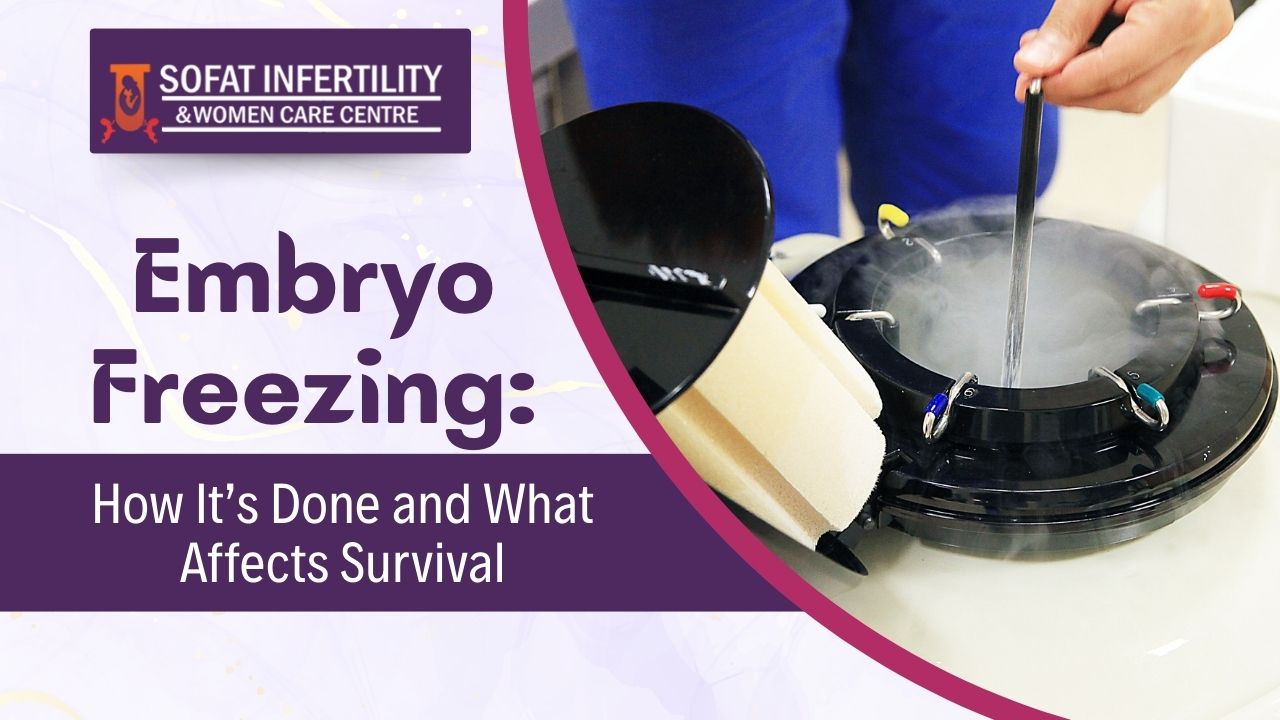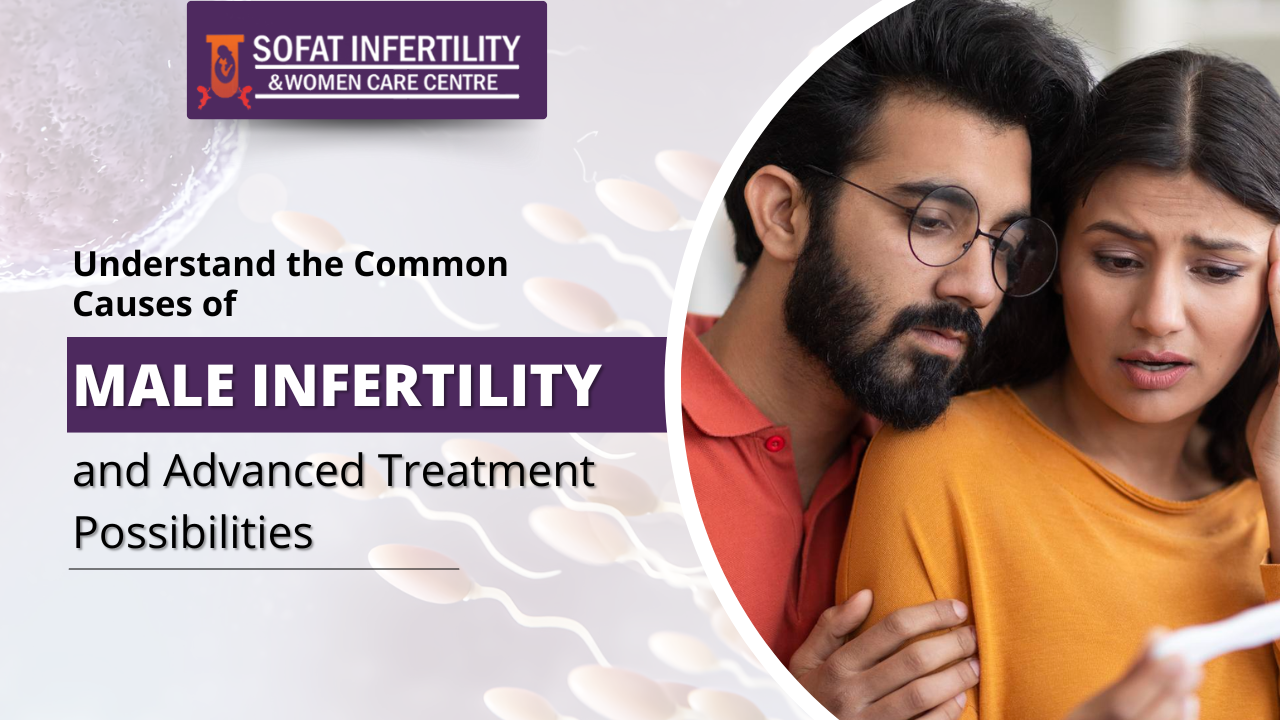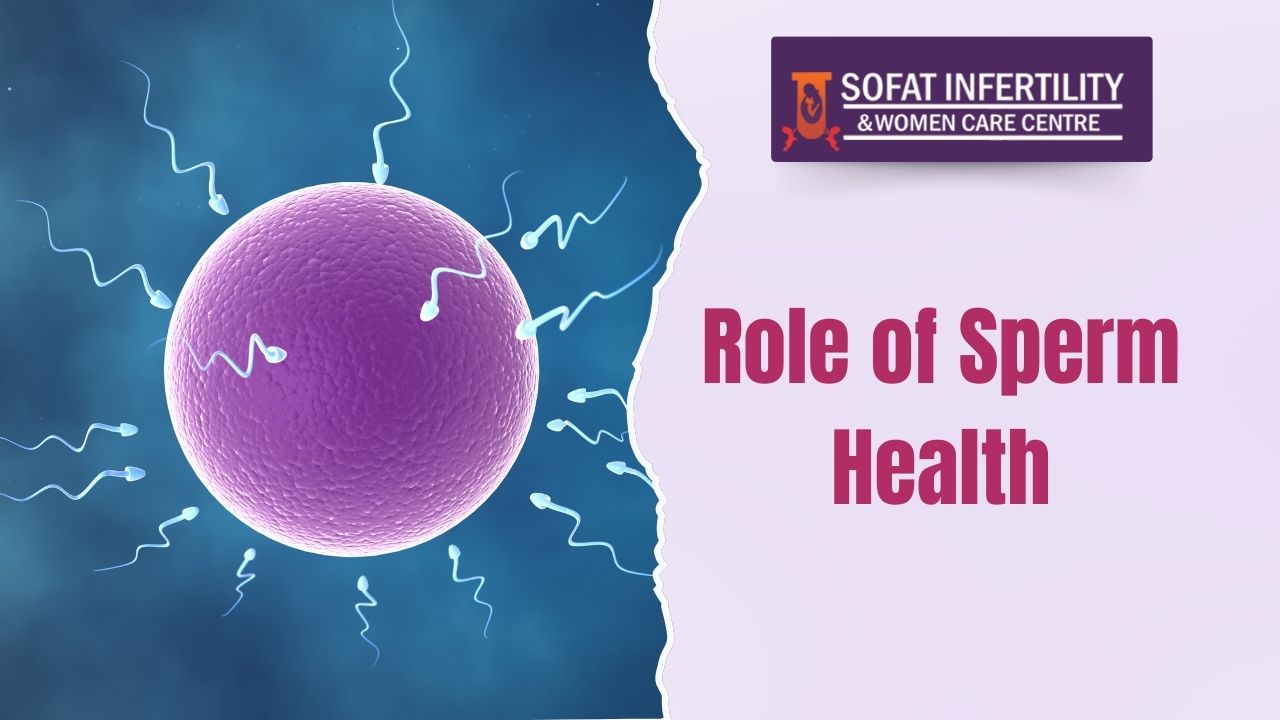![]()
Every woman is on a race with the “biological clock”, because as soon as menopause hits, there is no chance of egg production or the possibility of conceiving, although that might not be the case for some people. We have the latest technological advancements at Dr. Sumita Sofat Hospital to help women preserve their eggs and embryos by freezing them. Sounds fascinating. Here, we dive deep into how this process takes place and what happens to retrieve the eggs and everything in between.
Egg Retrieval Process And Freezing
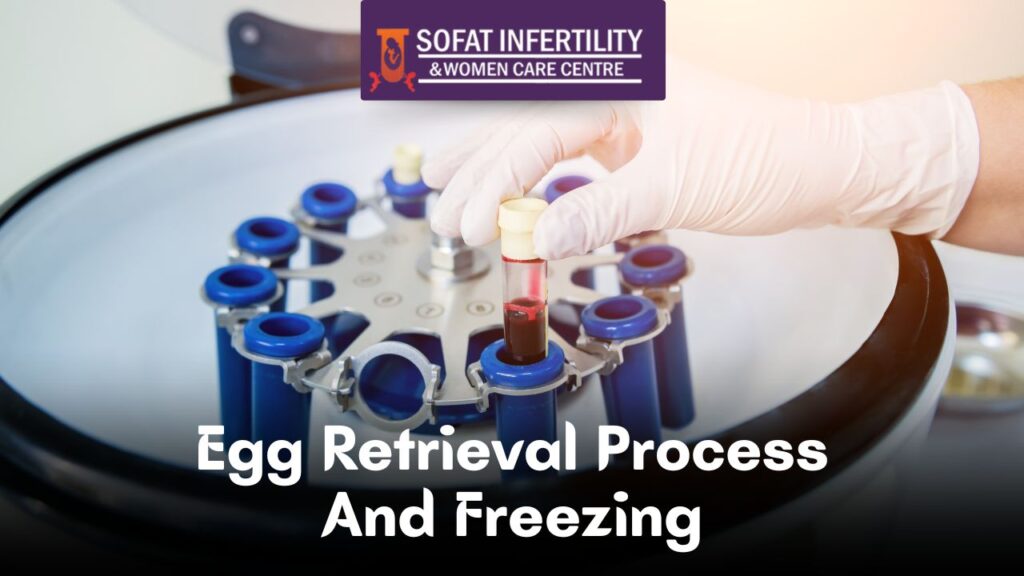
Let us briefly brief you on how the eggs are retrieved and preserved:
Usually, people freeze their eggs when they are undergoing any gender affirmation surgery or chemotherapy, and in some cases, to preserve their fertility for the future. Freezing eggs is a wise decision, but it is not always guaranteed, as some might not survive the thaw process. Firstly, the ovaries are stimulated with a specific type of medication to help them produce multiple eggs, afterwards the eggs are retrieved from the body with a needle and an ultrasound probe and they go straight into freezing facility which protects them from forming ice crystals and are then stored in a specialized lab inside a liquid nitrogen tank.
All You Need To Know About Embryo Freezing
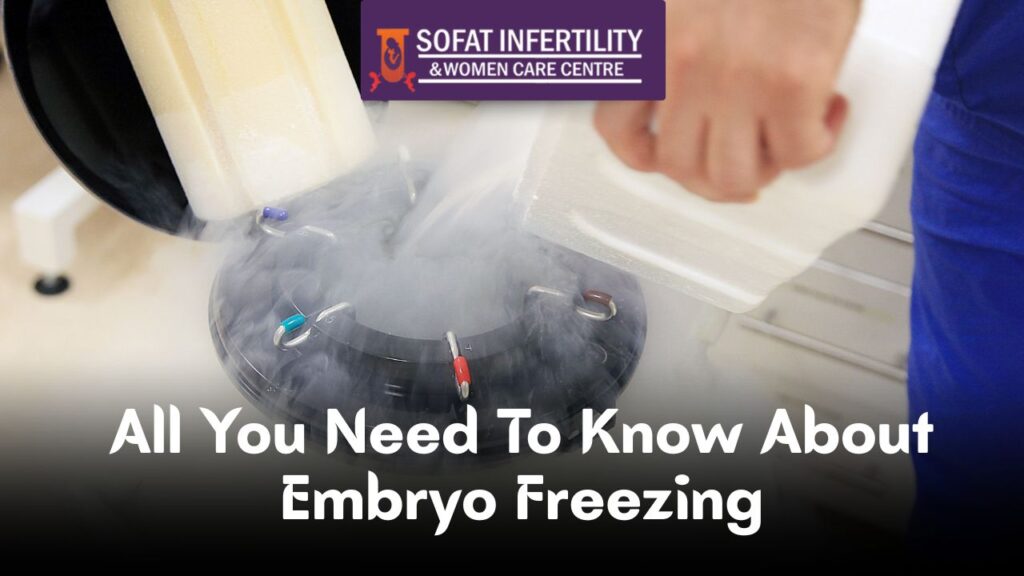
As we mentioned above, some choose these processes for different reasons. After briefly explaining how eggs are retrieved, some women may prefer to store the eggs for later use, but some may prefer an instant fertilization process. There are three scenarios for embryo transfer.
- Exhibit A: After getting an egg retrieval, some may request an instant fertilization of the egg, which is medically referred to as IVF(in vitro fertilization). This fertilization process happens outside the body, soon after retrieving the eggs. The sperm sample is fertilized with the egg in a lab dish with the aid of a specialised needle called an ICSI, and the embryo can develop in the lab. Then, embryo transfer can occur after selecting a healthy embryo. Note: No egg is frozen in this case.
- Exhibit B: After egg storage and freezing, you can choose to come and do an IVF after finding a sperm donor to fertilize the egg. As the embryo develops and is selected, it can be frozen right after fertilization and stored. This procedure is called cryopreservation. The frozen embryo transfer can occur months later when the frozen embryo is thawed and it survives the process.
- Exhibit C: This is similar to the first example, but the difference is that in this case, soon after IVF takes place, the embryo is not transferred immediately or days after, but is frozen and used later for frozen embryo transfer.
Factors Determining The Survival Of Frozen Embryo Transfer
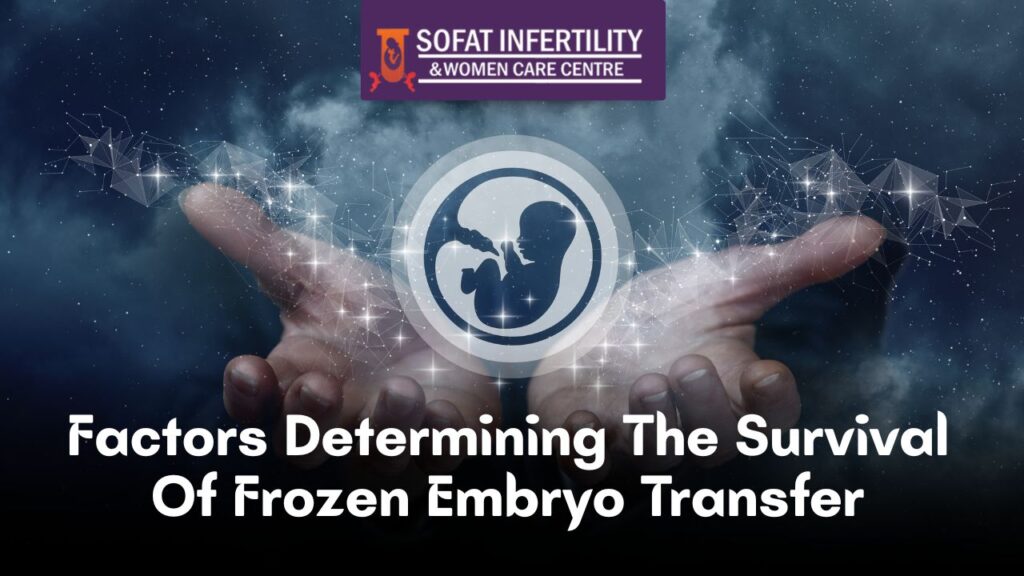
- Embryo quality assessed before the freezing process has a higher chance of surviving during the thawing process.
- The women`s age during the embryo freezing procedure or egg retrieval strongly determines the quality and survival of the embryos.
- Hormonal support and sperm quality have a substantial impact when it comes to an embryo`s survival.
In most cases, the reason for miscarriage are usually age and chromosomal abnormalities. Whilst some may argue that women are solely responsible for miscarriages, current studies have shown that men also play a role, especially when it comes to sperm quality and DNA . The DNA is carried by the male or female gametes, which are sperm or eggs. Since females possess only the XX chromosomes, men are responsible for the baby’s gender since they bear XY chromosomes, which also means they contribute 50% to the baby`s overall health.

